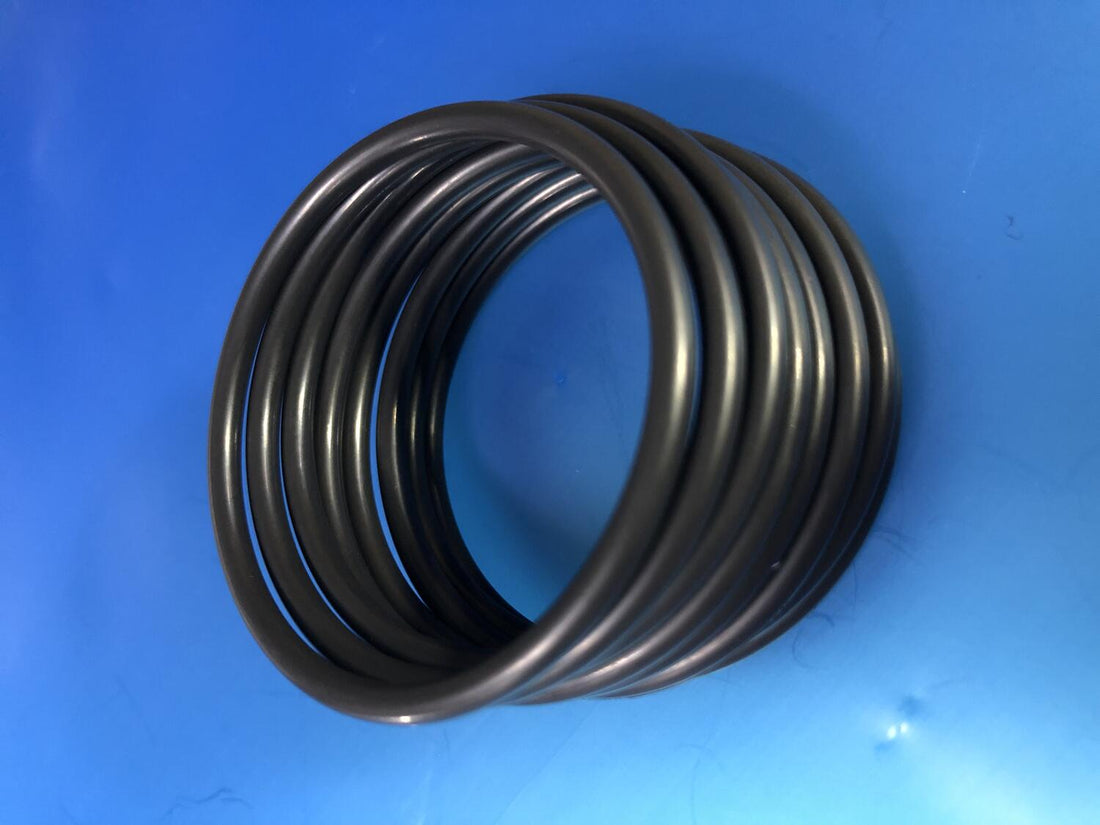Introduction: Rubber O-rings are widely used in various industries for sealing applications due to their flexibility, durability, and resistance to different environmental conditions. However, it is important to understand the effects of temperature on the performance and functionality of rubber O-rings. This article aims to discuss the influence of temperature on rubber O-rings and provide insights into their behavior under different temperature conditions.
-
Thermal Expansion and Contraction: Challenge: Rubber O-rings experience thermal expansion and contraction as the temperature changes, which can affect their dimensional stability and sealing effectiveness. Solution: Selecting appropriate rubber compounds with low coefficient of thermal expansion can help mitigate the effects of temperature fluctuations. Additionally, designing O-ring grooves to accommodate thermal expansion and contraction can help maintain proper sealing integrity.
-
Hardness and Compression Set: Challenge: Temperature variations can impact the hardness and compression set properties of rubber O-rings, leading to potential leaks or loss of sealing performance. Solution: Choose O-ring materials with suitable hardness ranges that can maintain their integrity across the expected temperature range. Conducting compression set tests at different temperatures can provide valuable insights into the long-term performance of the O-rings.
-
Elasticity and Sealability: Challenge: Extreme temperatures can cause rubber O-rings to lose their elasticity, resulting in reduced sealability and increased risk of leaks. Solution: Select elastomers that exhibit good resilience and elasticity over a wide temperature range. Conducting sealability tests under various temperature conditions can help determine the optimal material choice for specific applications.
-
Chemical Compatibility: Challenge: Temperature variations can affect the chemical compatibility of rubber O-rings, leading to potential degradation or loss of physical properties. Solution: Consider the chemical resistance of the rubber material at both low and high temperatures to ensure compatibility with the intended operating environment. Conducting compatibility tests with the media or substances the O-ring will come into contact with is crucial.
-
Thermal Degradation: Challenge: Excessive heat can accelerate the aging process of rubber O-rings, resulting in reduced mechanical properties and premature failure. Solution: Select rubber compounds with excellent heat resistance properties, such as high-temperature grades or specialty elastomers. Implementing proper heat dissipation and insulation measures in the application can also help mitigate thermal degradation.
Conclusion: Temperature has a significant impact on the performance and functionality of rubber O-rings. By understanding the effects of temperature on thermal expansion, hardness, compression set, elasticity, chemical compatibility, and thermal degradation, engineers and designers can make informed material choices and design considerations to ensure optimal sealing performance across a wide range of temperature conditions. Regular testing, monitoring, and maintenance are essential to assess the long-term behavior and reliability of rubber O-rings in various temperature environments.

